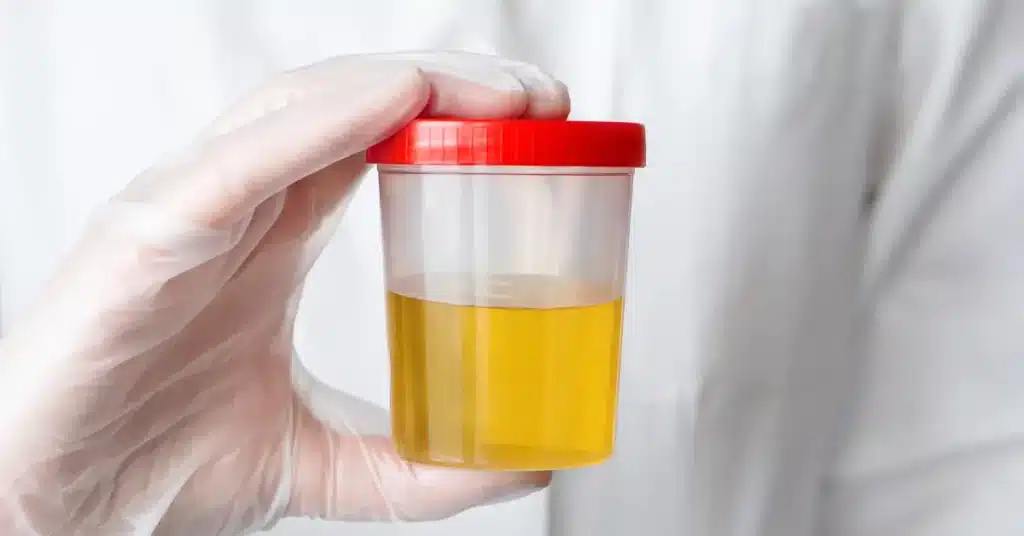Understanding Burning After Ejaculation With No STD: Exploring Causes and Management
One phenomenon that remains poorly understood and underreported in sexual health is the experience of pain or a burning sensation after ejaculation.
This condition is also termed Dysejaculation, Odynorgasmia, Dysorgasmia, or Orgasmalgia.
Research indicates that the incidence of orgasm-associated pain ranges from 1.9% to 25%, with the duration of the pain varying from a few seconds to persisting up to two days.
In this article, we aim to look at the prevalence, potential causes, and management of burning after ejaculation with no STD.
Causes of burning after ejaculation
Burning after ejaculation is not related only to STIs. Other non-STD-related reasons can also cause a burning or painful sensation.
These causes include:
Infectious or inflammatory conditions
Conditions, such as Orchitis, Epididymitis, Prostatitis, or Urethritis, can lead to painful ejaculation due to inflammation or infection of the reproductive organs.
Symptoms may include pain during ejaculation, discomfort in the genital area, and, in some cases, fever or urinary symptoms.
Several methods can be employed to diagnose the issue.
This includes physical exams, urine analysis, and sometimes imaging tests like ultrasound.
Benign Prostate Hyperplasia (BPH)

Men with BPH, a non-cancerous enlargement of the prostate gland, may experience painful ejaculation.
Symptoms of BPH-induced painful ejaculation might include difficulty starting or stopping urination, weak urine stream, and recurrent Urinary Tract Infections.
Diagnosis involves a Digital Rectal Exam (DRE), Prostate-Specific Antigen (PSA) blood test, and possibly imaging studies.
Post radical prostatectomy
Surgery for prostate cancer can sometimes lead to nerve damage or bladder neck issues, resulting in painful ejaculation.
Patients might experience pain or discomfort during ejaculation along with urinary symptoms.
Seminal vesicle stone
Seminal vesicle stones, often linked to chronic infections or other conditions, can cause painful ejaculation and Hematospermia (blood in semen).
Imaging techniques like trans-rectal ultrasound or MRI are used to diagnose the presence of stones.
Zinner syndrome
This rare condition, characterized by missing kidneys, seminal vesicle cysts, and ejaculatory duct obstruction, can lead to painful ejaculation in some cases.
Diagnosis typically involves imaging studies to identify the associated abnormality.
Ejaculatory Duct Obstruction (EDO)
Various factors, such as malformations or scarring, can obstruct ejaculatory ducts, causing painful ejaculation, often linked with infertility.
Diagnosis is challenging and may involve trans-rectal ultrasound or specialized imaging techniques.
Chronic Pelvic Pain Syndrome (CPPS)
The pelvis nerve compression can result in painful ejaculation and pain in the pelvic region during or after ejaculation.
Diagnosis involves a comprehensive assessment of pelvic pain symptoms and nerve function tests.
Medication side effects
Certain antidepressants and muscle relaxants have been associated with painful ejaculation as a side effect.
Management may involve adjusting medication dosage or transitioning to alternative drugs under medical supervision.
Surgical procedures
Rare occurrences such as post-vasectomy pain or scarring due to surgical procedures can also result in painful ejaculation.
Diagnosis requires a careful examination to identify the possible link between the procedure and symptoms.
Treatment and Management

The treatment and management of burning after ejaculation varies depending on the underlying cause.
Here are the treatment measures to treat burning after ejaculation:
- Antibiotics target the specific infection (Orchitis, Epididymitis, Prostatitis, or Urethritis). Non-steroidal anti-inflammatory drugs (NSAIDs) can also help reduce inflammation and discomfort
- Tamsulosin, an alpha-blocker, is commonly prescribed to alleviate BPH-related symptoms, including burning after ejaculation. It might also be beneficial in managing post-surgery-related painful ejaculation by addressing bladder-neck issues
- Transurethral seminal vesiculoscopy is often employed to visualize and remove stones from the seminal vesicles, relieving the associated symptoms
- Transurethral resection of the ejaculatory duct may help with the obstruction and alleviate burning sensations after ejaculation
- Discontinuing or adjusting medications causing side effects leading to burning sensations after ejaculation
Conclusion
The experience of burning or painful sensations after ejaculation, often referred to as Dysejaculation or Orgasmalgia, is a complex and multifaceted phenomenon.
From infectious or inflammatory conditions affecting reproductive organs to surgical procedures leading to nerve damage, the potential triggers are diverse.
Understanding the underlying cause is essential for effective management.
The diagnostic process involves various methods, including physical exams, imaging studies, and specialized tests.
Treatment options range from antibiotics for infections to alpha-blockers for BPH and surgical interventions for conditions like ejaculatory duct obstruction or seminal vesicle stones.
It is important to seek medical attention promptly, as the timely identification of the cause can significantly impact treatment success.
Frequently Asked Questions
Is burning after ejaculation always a sign of a Sexually Transmitted Infection (STI)?
No, burning after ejaculation can be caused by various non-STD-related factors, including infections, inflammatory conditions, Benign Prostate Hyperplasia, surgical procedures, and more. It’s crucial to consult a medical professional to determine the cause.
Can burning after ejaculation affect fertility?
In some cases, conditions leading to painful ejaculation, like ejaculatory duct obstruction, may be associated with infertility. If fertility is a concern, discussing this with a healthcare professional who can provide appropriate evaluations and guidance is important.
Is burning after ejaculation common after certain surgical procedures, like a vasectomy?
While uncommon, some individuals may experience post-surgery symptoms such as pain or scarring leading to burning after ejaculation. Discussing any changes in symptoms with the surgeon or healthcare provider is advisable for appropriate assessment and management.
What are the treatment options for burning after ejaculation?
Treatment is based on the underlying cause and may include antibiotics for infections, alpha-blockers for BPH, and surgical interventions for obstruction or stones. Collaborating with a healthcare professional ensures a tailored approach to address the specific cause of the symptoms.
WowRx uses only high-quality sources while writing our articles. Please read our content information policy to know more about how we keep our content reliable and trustworthy.






